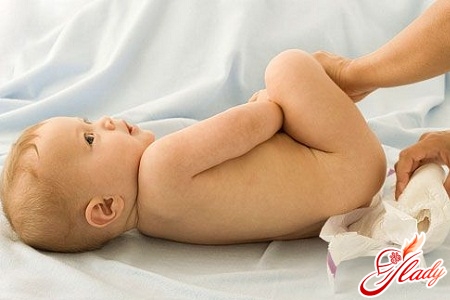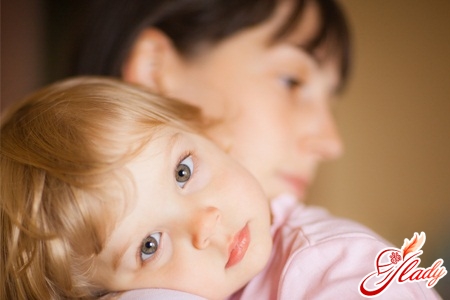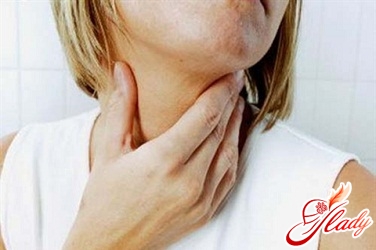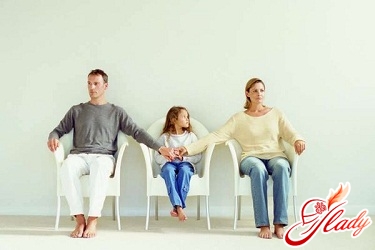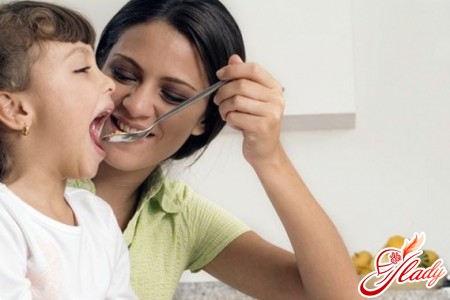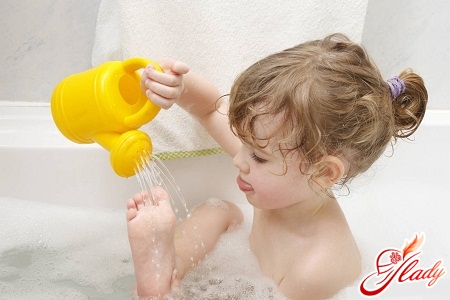 Recently, a healthy lifestyleis becoming more and more popular. In some cases, people choose a healthy lifestyle because it is fashionable now, in other cases - because they really care about their health. But be that as it may, in any case, a healthy lifestyle is a really good choice and a worthy alternative to diseases and medications. And many people begin to lead a healthy lifestyle with their entire families. However, if they are just starting out, most likely, a question for reflection will inevitably arise - hardening the child. And this is supported not only by supporters of a healthy lifestyle, but also by doctors - pediatricians. However, hardening a child is a very delicate process. Incorrect actions will not only not strengthen the child's health, but, on the contrary, can lead to the development of serious diseases. That is why, before starting to harden a child, parents should properly prepare for this, acquiring the necessary knowledge.
Recently, a healthy lifestyleis becoming more and more popular. In some cases, people choose a healthy lifestyle because it is fashionable now, in other cases - because they really care about their health. But be that as it may, in any case, a healthy lifestyle is a really good choice and a worthy alternative to diseases and medications. And many people begin to lead a healthy lifestyle with their entire families. However, if they are just starting out, most likely, a question for reflection will inevitably arise - hardening the child. And this is supported not only by supporters of a healthy lifestyle, but also by doctors - pediatricians. However, hardening a child is a very delicate process. Incorrect actions will not only not strengthen the child's health, but, on the contrary, can lead to the development of serious diseases. That is why, before starting to harden a child, parents should properly prepare for this, acquiring the necessary knowledge.
Hardening of babies
Very often parents ask the question aboutat what age can you start hardening a child. And doctors answer unequivocally - there are simply no age restrictions for hardening procedures. You can start hardening a baby at almost any age - even from the very first day of the baby's birth. In principle, this is the best option. However, of course, small children need a gentle method of hardening. The first thing you need to do is allow the child to take air baths. To do this, you need to leave the baby undressed for a certain amount of time. As a rule, this time should be about 10 minutes. However, it is necessary to observe several different precautions that will help protect the child from the danger of catching a cold:
Also for children in the first year of lifeSuccessful hardening simply requires regular and long walks in the fresh air. Doctors recommend walking with a child at least twice a day. The duration of the walk depends on the season and air temperature. In summer, the walk can last as long as you like, and in winter, provided that the outside air temperature is not below -10 - about half an hour. Sleeping in the fresh air is very useful - try to plan the time of walks so that they fall at the time when the baby should be sleeping. Such sleep has a very beneficial effect on the entire body as a whole, and plays an important role in hardening. Remember the need to constantly maintain a certain temperature in the room. The child's room should be ventilated at least four times a day, at equal intervals. Moreover, doctors recommend cross-ventilation, as it ensures good air circulation. Regardless of the season, the child should be in another room during ventilation. But a child can sleep with an open window at any time of the year - the main thing is that there are no drafts. Another great way to harden the smallest people is rubbing. It is done very simply - after each bath. Take a clean towel, wet it in water and wipe the child's entire body. The first days, the water temperature should be 36 degrees, but every day the water temperature must be lowered by exactly one degree. The final water temperature should not be lower than 20 degrees. Rubbing, like any other type of hardening, can only be done under the mandatory condition that the baby is completely healthy. At the slightest hint of illness in the child, all hardening procedures should be stopped immediately.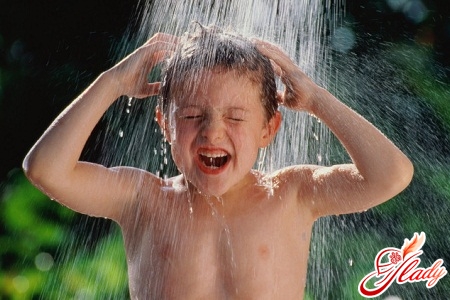
Children over one year old
Hardening of children of preschool age and olderone year, it is simpler - the number of procedures increases significantly. However, even in this case it is necessary to be guided by the main principle - do no harm. The most basic of them are described below:
- Rubbing the child
Just like babies, older children canwipe. However, they need to be done a little differently. With a towel or a damp sponge soaked in cool water, carefully wipe the arms, legs, back, chest, neck. After that, carefully rub the child's skin with a dry soft towel until a slight redness appears. Moreover, it is necessary to rub the skin in the direction of the heart - such hardening of preschool children gives a visible result. The water temperature at the beginning of hardening should be approximately equal to body temperature - 36 degrees. However, it must be gradually reduced - by a degree per day, no more. As a result, the temperature must be reduced to no lower than 18 for children under seven years of age, and 15 degrees for school-age children.
- Cursing the child
After the child has fully adapted tohardening, you can move on to the next stage of hardening - dousing. Dousing is a very effective measure that allows you to harden a child with even greater success. But dousing also carries an increased risk to the child's health, so it is necessary to follow certain medical recommendations. Hardening preschool children requires special care. Dousing should never be done if the child is cold - for example, if the room temperature is too low, or if the child has recently returned from a walk. In order to douse, the child's skin must be hot. The most optimal time for dousing is immediately after a bath. First pour warm water over the child, then cool water. Never pour water over the child from the shower - for this purpose, you must use a jug or cup. First, pour water over the child's back, then the chest and stomach, and then the legs. However, do not stretch this procedure longer than one minute - otherwise the child can simply catch a cold. In the case of dousing, as with rubbing down, the water temperature should decrease very smoothly - and by no more than one degree per week. At the beginning, the water temperature for dousing should be no less than 35 degrees, and in the end - no more than 15 degrees. It is also not worth dousing the child with completely icy water - otherwise, he may get sick.
- Cold and hot shower
A contrast shower is no less useful.It can be taken by children over five years old. However, this water procedure also requires a gradual and consistent approach. Remember this and do not rush. In winter, the water temperature in the warm phase of the shower should be about 35 degrees, and in the cold phase - about 20. The duration of each phase should be about two minutes.
- Gargling
A very good way to harden a childis gargling with cool water. The principle of reducing the temperature is standard - at first the temperature should be about 35 degrees, then it should be reduced by one degree every day until it is equal to fifteen degrees. As numerous observations of parents and pediatricians show, such a hardening gargle increases the body's resistance to various infections several times. Children who gargle with cool water for a month or longer are several times less likely than their peers to suffer from tonsillitis, laryngitis and tracheitis. And colds too.
- Swelling of the child's feet
In case parents are afraid to conductfull dousing of the child, or the child is too sick for him, doctors offer a wonderful alternative - dousing the feet. For this you will need a little - a basin and water. Put the child's feet in the basin, and simply pour water for about one minute. At the beginning of hardening, the water temperature should be 35 degrees, and at the end - no more than 10. After dousing, thoroughly rub the child's feet, then put socks on him.
Air procedures
Hardening with air is no less useful thanHardening with water procedures. They are carried out according to the same principle of air baths. It is best to start this type of hardening in the spring, when the air temperature is at least 20 degrees. Choose a quiet place where there is no wind or direct sunlight. Undress the child to his underwear and let him play. At the beginning of hardening, the duration of the procedure should be 15 minutes. Gradually, its duration should be increased, bringing it to one and a half to two hours. During this procedure, carefully monitor the child's condition. If you notice that the child is cold - he complained about it, or he has goosebumps - immediately dress the child. Otherwise, the result will be exactly the same - the child can get sick. You should not experiment on your baby's body. And regular walks should not be neglected under any circumstances. A healthy child over three years old should spend at least four hours a day outside. Doctors recommend that a child take at least two walks, two hours each. Moreover, this is true only for the cold season - the only exception is severe frost, when the air temperature drops below minus 15 degrees. In the summer, there is no need to limit the time of walks - let the child be outside as long as possible. If parents follow all the basic principles by which it is necessary to conduct hardening of preschool children, they will certainly notice positive results quite quickly. Health, well-being and mood of the child - this is a worthy result! We recommend reading:





